Keep your garden from becoming a messy, overgrown, or overtaken by pests. By knowing what to do in the garden this spring, you can have a beautiful, thriving source of pride throughout the year.
gardeninginfo-online.com assembled the following information and checklist to help you get your garden ready for the growing season.
Spring Gardening Tools
Now is the time to get your tools out of the shed and make sure they are in excellent working conditions. Those tools should include:
Spade – a spade is a hand tool used to dig, loosen, or break up lumps in the soil. Make sure the digging end is sharp, and the handle is sturdy with no breaks or splinters.
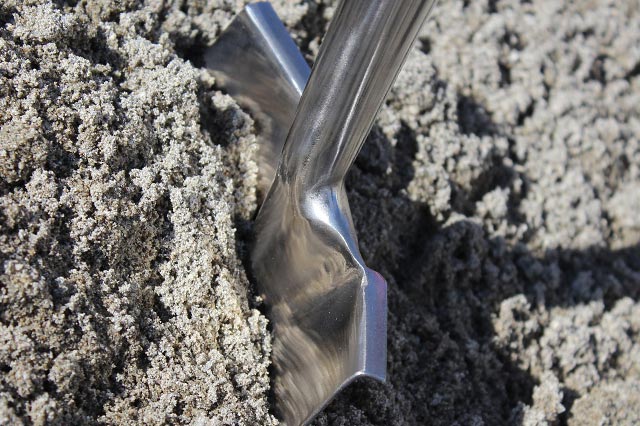
Fork – Also known as a spading fork, digging fork, or graip. This is a gardening tool with a handle and several short, sturdy tines (like a claw). Used for loosening, lifting, and turning over soil in gardening, it is one of the essential tools (together with a spade) wielded by the hand in gardening.
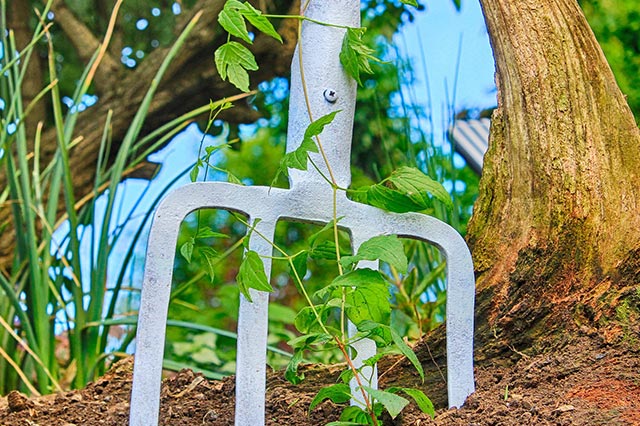
Hoe – A hoe is a hand tool used to shape (dig small trenches for planting) or clear soil, remove weeds, and harvest root crops.
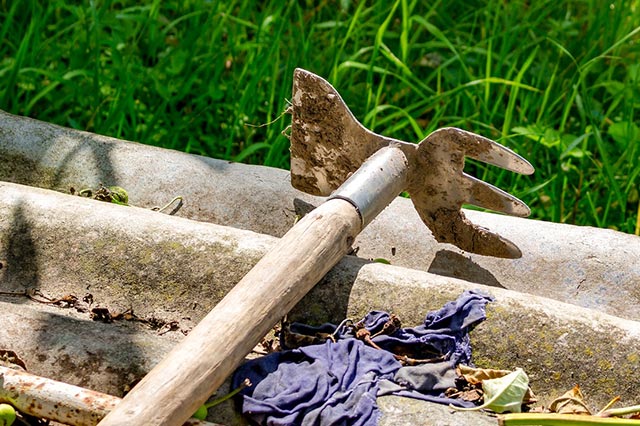
Trowel – This is a gardening tool with a pointed, scoop-shaped blade and a handle. It is used for loosening soil, digging small holes, mixing in fertilizer, and transferring plants to new locations or pots.
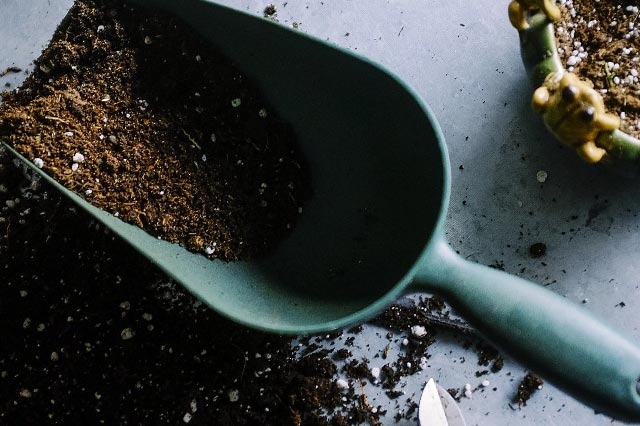
Pruning Shears – Also called garden shears, hand pruners, or secateurs, are a variation of scissors used on plants. They are strong enough to prune hard branches or stems of trees and shrubs up to 3/4 inch thick.
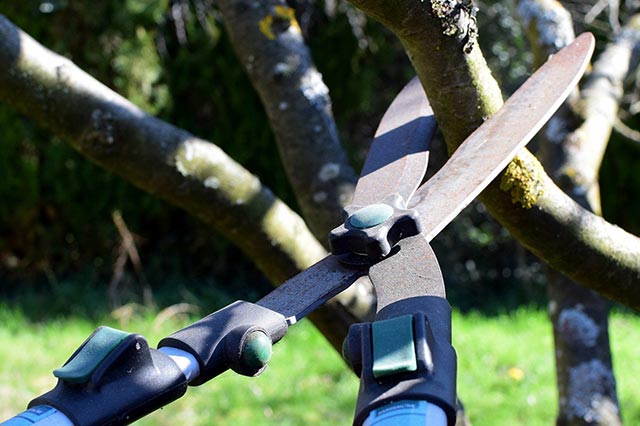
Hand Weeder – This is a small tool, about the size of a garden trowel. It has a very similar handle in size and shape. Instead of a trowel’s head, the handle is attached to a long, thin metal pole that ends in two forking tines. This tool is used to dig straight into the roots of weeds, making their removal more efficient.

Soaker Hose – These hoses are perforated to permit water to seep through the hose. This provides water to plants slowly, avoiding flooding, water runoff, evaporation, or overspray.
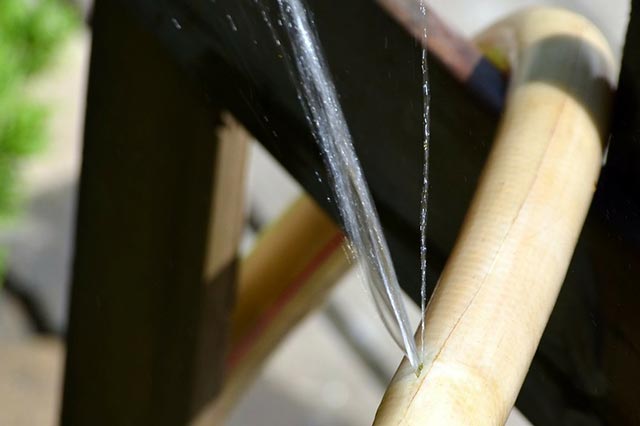
Note: Spring watering should occur early in the morning to prevent wet foliage at night. Wet foliage will attract snails and many fungal diseases.
Tip: Wash and sanitize your tools after each use. This will help you slow down or stop the spreading of pathogens to other areas of your garden or landscape.
Spring Garden Soil
The health of the soil in your garden is one of the most crucial factors to encourage your plants to grow and thrive. Consider the following factors when preparing your garden for the growing season:
Soil Organic Matter (SOM) – The composition of your soil (sand, clay, loam, etc.) means little if there is no organic matter. SOM helps prevent soil compaction, helps the soil retain moisture, and provides an ideal environment for deep root growth. Mixing in compost is an efficient way to build fertile soil, rich in nutrients for your garden.
Soil Organism Community – Part of maintaining healthy soil includes encouraging the existence of bacteria, fungi, protozoa, arthropods, earthworms, and some nematodes. You can accomplish this by adding compost, mulch, and plant cuttings to your garden soil, which provide the organic matter for the organisms to consume.

Cover Crops – Plan to grow cover crops in the offseason. They help prevent erosion, scorching, and as the cover crop dies, it returns nutrients to the soil in preparation for more planting.
Soil Test – In spring, test your soil’s pH level. You can adjust your plant species selection to the pH of the soil or adjust the pH level of the soil to accommodate the plant species you have already selected.
Learn more about the composition and how to create fertile organic gardening soil at gardeninginfo-online.com/how-to-make-organic-soil/
Spring Garden Structures
As winter temperatures and weather succumb to springtime, it is also time to check on your garden structures and fixtures:
Fencing – If your garden is enclosed or protected from wildlife grazing by a fence, take the time to inspect the support structure and fencing material for breaks, tears, and weathering.
Fountains – This is the time to clean out your fountains and give them a test run to verify that the water system is intact with no leaks.
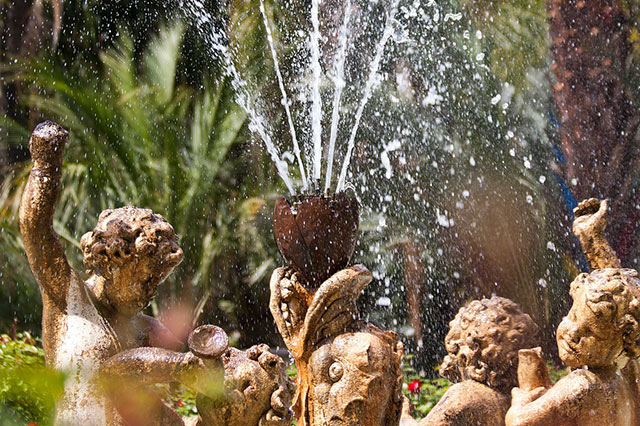
Statues – If you have statues or decoration fixtures, inspect them for breaks, chips, discoloration, and accumulation of mold.
Trellises – Make sure your trellises are firmly anchored to their support system. If there are signs of rot or rust, replace or repair them before the plants start putting weight on them.
Walkways – If you have a walkway or pathway, now is the time to pull any weeds, replace bricks or stones, and refill any gaps from erosion.
Containers – If you have containers in your garden or raised beds, check them for cracks and faded or chipped paint. Fix, repaint, or replace damaged containers to add a little extra color to your garden.
Read more about frugal ways to liven up your garden design at gardeninginfo-online.com/small-garden-design-ideas-on-budget/
Spring Garden Pests
As the temperatures warm up, garden insects begin their life journey. You can put an early halt to their development, and dissuade any newcomers by using homemade non-toxic pesticides in and around your garden.
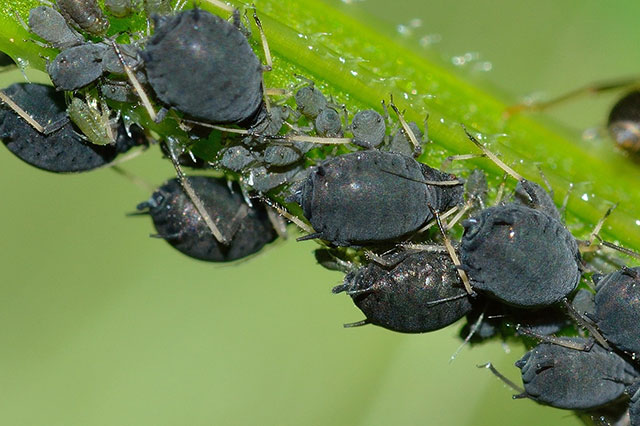
The following is a recipe for a non-toxic insecticide that repels pesky insects while leaving your soil organism community to thrive:
This recipe produces 1/2 gallon of insecticide.
You will need:
• Liquid dishwashing soap (Dawn, Ivory, etc. don’t use ultra or special formula varieties)
• Vegetable oil (corn, canola, sunflower, etc.)
• Warm water (filtered or soft water is preferred, but tap water will do)
Step 1 – Pour 1/2 cup of vegetable oil In a measuring cup, then stir in 3 Tbsp of the dishwashing soap. Mix well without creating suds.
Step 2 – Pour the oil and soap mixture into a 1-gallon jug and fill it halfway with water.
Step 3 – Shake the mixture well and fill your spray bottle. Store the remainder (in the jug) in a cool, dry place.
For additional non-toxic recipes, visit gardeninginfo-online.com/homemade-non-toxic-pesticides-your-garden/
Spring Garden Shrubs and Plants
The following are some popular garden shrub and plant choices to consider for your spring garden:
Garden Glow Dogwood – This is ideal for those with limited garden space. Some varieties of this shrub can be quite compact, making it a smart addition when trying to conserve space in small gardens.
Japanese Skimmias – This species produces incredible looking foliage. In addition, its flowers are highly fragrant. With this species, you will have a great smelling and beautiful garden.
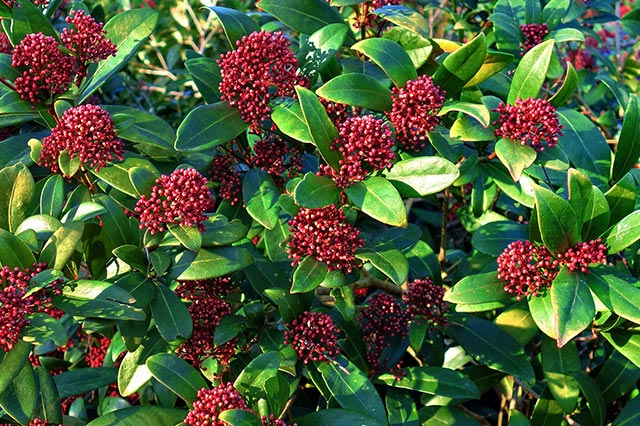
Red Meidiland Rose – If you are looking for a less fragrant shrub, you can plant this one. In fact, it has no fragrance at all, so your allergies probably won’t be triggered by it. It is also a hardy species, being disease resistant and can survive in a variety of soil types.
Shrub Rose – This is a hardy, colorful shrub. This robust species is a perfect addition to any garden where you want a no-fuss but still beautiful flowering shrub.
Dwarf Bush Honeysuckle – Another hardy shrub that can thrive in a variety of climates. It can be planted in cold climates, and can even handle dry and sandy soils as well. Another benefit is that it’s resistant to disease and pests.
Bulbs – Spring is also the time to plant summer bulbs. Planting them now will help your garden give a show of color later in the season.
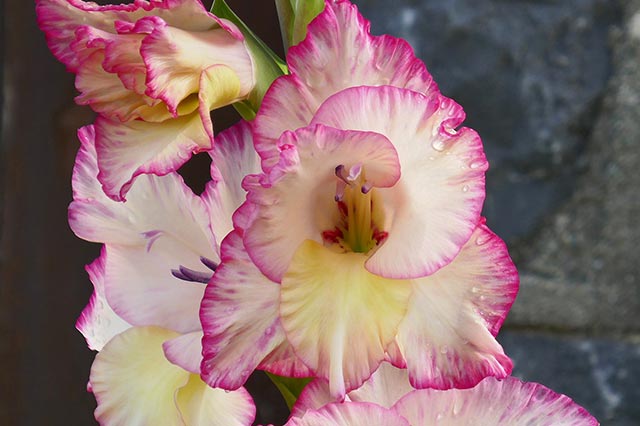
Spring Gardening
In this article, you discovered essential information and tasks to help you prepare your garden for the coming growing season.
By preparing your garden in early spring, you are giving your plants and flowers a better environment to thrive and beautifully mature.
Ignoring your garden’s needs in the spring will leave you with an embarrassing, overgrown, and messy looking garden, likely infested with insects.
Sources:
smsf-mastergardeners.ucanr.edu/Monthly_Garden_Checklist/
pss.uvm.edu/ppp/articles/fallsoils.html
gardeningsolutions.ifas.ufl.edu/mastergardener/newsletter/2012/more/spring_tools.shtml
The post Spring Garden Checklist and Tips appeared first on http://gardeninginfo-online.com.
No comments:
Post a Comment